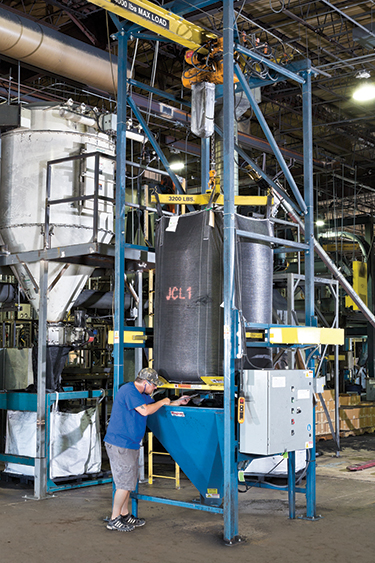 Click to enlarge
Click to enlargeBulk bag discharger and flexible screw conveyor feed rough ground particles and rubber buffings to cracker mill. The bulk bag is loaded into the discharger frame by electric hoist and trolley suspended from a cantilevered I-beam. The wide frame accommodates open-bottom design bags.
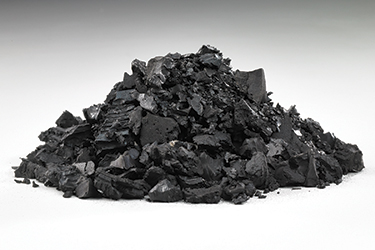 Click to enlarge
Click to enlargeRough ground particles from shredded scrap tires comprise 80% of Edge Rubber's raw material.
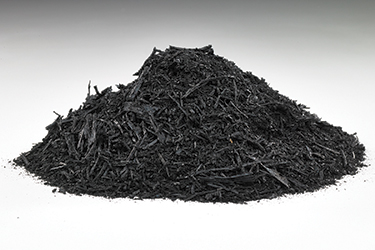 Click to enlarge
Click to enlargeRetread buffings from tire retreaders comprise 20% of Edge Rubber's raw material.
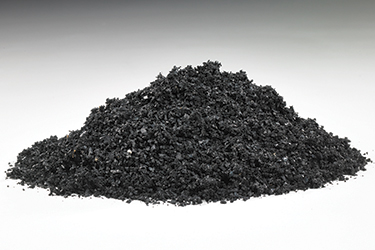 Click to enlarge
Click to enlargeCrumb rubber particles that have been ground in the cracker mills are packaged for shipment to customers or conveyed to the micro milling process for reduction to the finest powders.
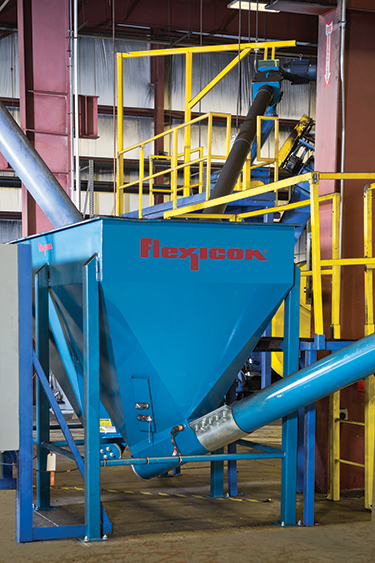 Click to enlarge
Click to enlargeFrom the large hopper, two flexible screw conveyors transport ground rubber particles from the cracker mills to wet grind mills for the finest size reduction. Discharge chute (black) deposits the cracker mill grindings into the hopper.
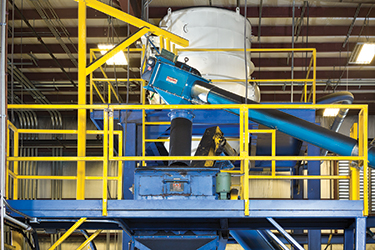 Click to enlarge
Click to enlargeAt the discharge end of the flexible screw conveyor, forward of the electric motor, ground particles gravity feed through a transition adapter and downspouting into the micro mill.
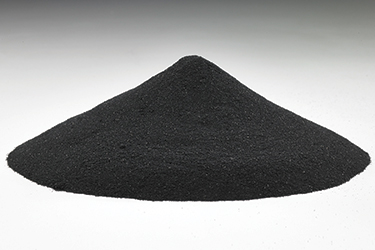 Click to enlarge
Click to enlargeEdge Rubber's micro milled, cleanest and finest particles have a unique shape for maximum surface area, yielding performance advantages in applications requiring strong bonding or high tensile strength.
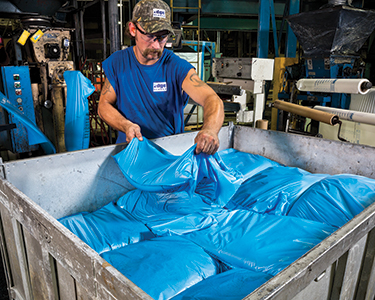 Click to enlarge
Click to enlargeMicro milled particles are packaged in pre-measured batch inclusion bags to be placed directly into the customer's process.
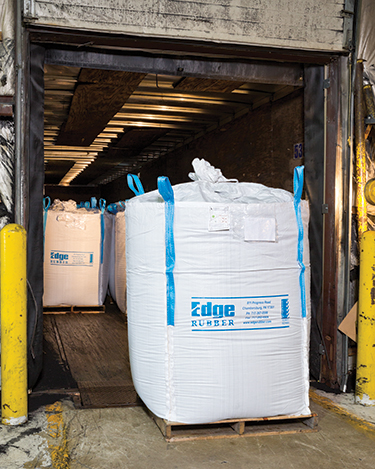 Click to enlarge
Click to enlargeFinished powder ships to customers.


 Click to enlarge
Click to enlarge Click to enlarge
Click to enlarge Click to enlarge
Click to enlarge Click to enlarge
Click to enlarge Click to enlarge
Click to enlarge Click to enlarge
Click to enlarge Click to enlarge
Click to enlarge Click to enlarge
Click to enlarge Click to enlarge
Click to enlarge